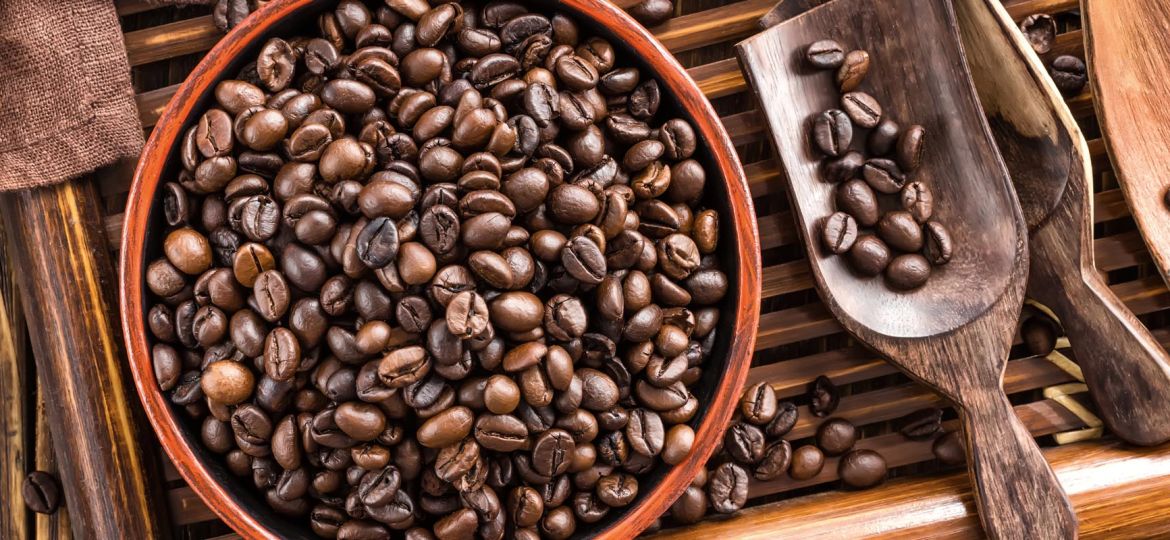
Oaxaca coffee beans, hailing from the southern state of Oaxaca, Mexico, are renowned for their unique characteristics and flavors that make them a favorite among coffee enthusiasts worldwide. These beans are cultivated in the rich, biodiverse environments of Oaxaca, which contribute to their distinctive taste profiles.
The region’s commitment to organic farming and sustainable practices further enhances the quality of Oaxaca coffee, making it not only a delight for the palate but also a responsible choice for the environment.
Key Takeaways
- The rich cultural history and the impact of the Oaxaca State Coffee Producers Network (CEPCO) on quality and sustainability. CEPCO’s efforts in promoting organic farming and supporting small-scale farmers have significantly contributed to the high quality of Oaxaca coffee beans.
- The diversity of flavors from Oaxaca, including notes of orange-citrus, brown sugar, cocoa, and a comparison with Veracruz beans. This variety offers a unique tasting experience that caters to different preferences.
- Brewing methods and preferred roast types for Mexican beans, showcasing the versatility of Oaxaca coffee beans in accommodating various brewing techniques and roast preferences.
- The significance of coffee varietals and brands in Mexico, focusing on freshness and quality. With a rich selection of varietals and the emphasis on fresh roasting, Oaxaca coffee beans stand out for their exceptional taste and quality.
The Cultural and Historical Significance
The journey of coffee in Mexico, particularly in Oaxaca, is a tale of resilience, cultural identity, and economic significance. Coffee was introduced to Mexico in the late 18th century, finding a special place in Oaxaca by the mid-19th century. Oaxaca’s coffee production faced numerous challenges, including political unrest and environmental threats.
However, the region’s dedication to quality coffee production and sustainable practices helped it emerge as a prominent player in the specialty coffee scene. The role of smallholder farmers and cooperatives, such as CEPCO, has been crucial in this journey, emphasizing organic production and fair trade practices. These efforts have not only improved the livelihoods of local farmers but also enriched the global coffee culture with Oaxaca’s unique flavors.
Production and Processing
The production and processing of Oaxaca coffee beans are deeply rooted in traditional methods, enhanced by the collaborative efforts of smallholder farmers and cooperatives. In Oaxaca, coffee is primarily grown by small-scale farmers, each cultivating their crops on plots averaging just a few hectares. These farmers often belong to cooperatives, such as CEPCO, which plays a crucial role in providing resources and support to improve coffee quality and implement sustainable farming practices.
The common processing method used in Oaxaca is the washed method, where the coffee cherry’s pulp and skin are removed before fermenting the beans in water. This method, followed by sun-drying, is known for producing a clean, bright flavor profile that highlights the coffee’s intrinsic qualities.
Tasting Profile
Oaxaca coffee beans are celebrated for their complex and well-balanced flavor profiles, setting them apart on the global stage. Typically characterized by bright acidity, medium to full body, and a pleasant sweetness, these beans offer a diverse range of tasting notes.
Common flavors include red fruit, chocolate, nuts, and floral undertones, with variations influenced by the region’s biodiversity and altitude differences. The Pluma Hidalgo region, in particular, is renowned for coffees that feature notes of tropical fruit, citrus, and a distinctive, wine-like acidity, showcasing the unique terroir of Oaxaca.
Challenges and Resilience
Oaxaca’s coffee producers have faced numerous challenges, including political unrest, climate change, and environmental threats like the coffee leaf rust outbreak. Despite these obstacles, the resilience and dedication of Oaxaca’s coffee community have allowed it to thrive.
Smallholder farmers and cooperatives have been pivotal in overcoming these challenges, adopting sustainable practices and focusing on quality production to maintain Oaxaca’s esteemed position in the specialty coffee market. The region’s ability to adapt and persevere underscores the strength of its coffee culture and its commitment to delivering exceptional coffee to the world.
Through a combination of traditional methods, cooperative efforts, and resilience in the face of challenges, Oaxaca coffee beans continue to captivate coffee enthusiasts globally, offering a testament to the region’s rich coffee heritage and its unwavering dedication to quality and sustainability.
Coffee Grades and Standards
In Mexico, green coffee beans are graded according to two quality standards: Normas Oficiales Mexicanas (NOMs) and Normas Mexicanas (NMX). These standards are designed to ensure that Mexican coffee beans meet specific quality criteria, based on specifications that include bean size, color, moisture content, and defect count.
The NOMs and NMX standards are essential for maintaining the high quality and consistency of Mexican coffee in the global market, providing a benchmark for both producers and consumers.
Sustainability and Fair Trade
The importance of fair trade and organic certification in Oaxaca cannot be overstated. These certifications are vital in promoting sustainable coffee production, ensuring that farming practices are environmentally friendly and socially responsible.
Fair trade certification, in particular, guarantees that farmers receive a fair price for their coffee, contributing to better living conditions and community development. Organic certification, on the other hand, confirms that the coffee is grown without synthetic pesticides or fertilizers, preserving the natural ecosystem and promoting biodiversity.
FAQs
Q: What makes Oaxaca coffee unique?
A: Oaxaca coffee is known for its complex flavor profiles, including bright acidity, medium to full body, and notes of red fruit, chocolate, nuts, and floral undertones. The region’s diverse climate and altitudes contribute to these unique tastes.
Q: How are Oaxaca coffee beans processed?
A: The majority of Oaxaca coffee beans are processed using the washed method, where the cherry’s pulp and skin are removed before the beans are fermented, washed, and sun-dried. This method highlights the coffee’s natural flavors.
Q: Are Oaxaca coffee beans organic and fair trade certified?
A: Many Oaxaca coffee producers adhere to organic and fair trade practices, earning certifications that ensure sustainable and ethical production. These certifications help support local communities and protect the environment.
Final Thoughts
Oaxaca coffee beans stand out in the global coffee scene for their unique flavor profiles, sustainable production methods, and commitment to fair trade practices. Through adherence to rigorous grading standards and the pursuit of organic and fair trade certifications, Oaxaca ensures the quality and sustainability of its coffee.
The resilience of its producers in the face of challenges has not only preserved but also enhanced Oaxaca’s reputation as a premier coffee-producing region, offering coffee lovers worldwide a taste of Mexico’s rich coffee culture.









